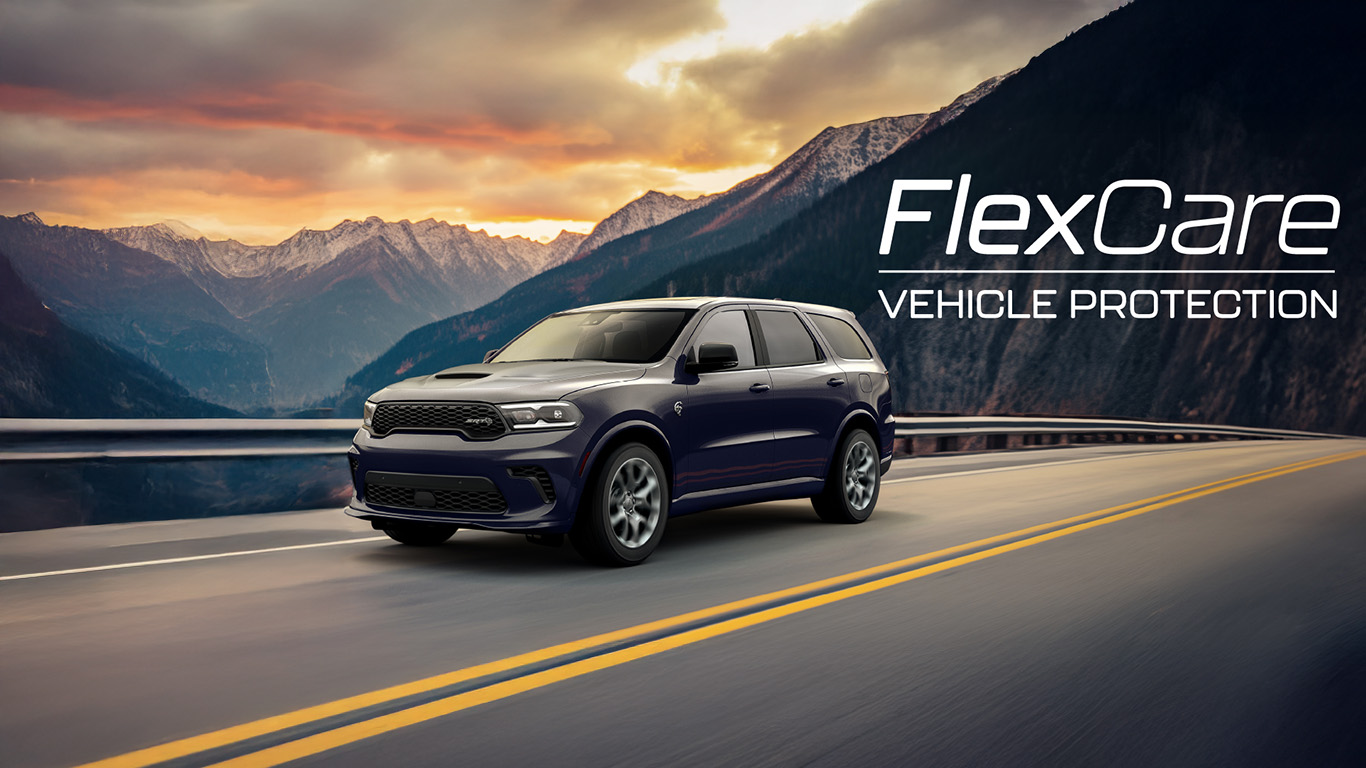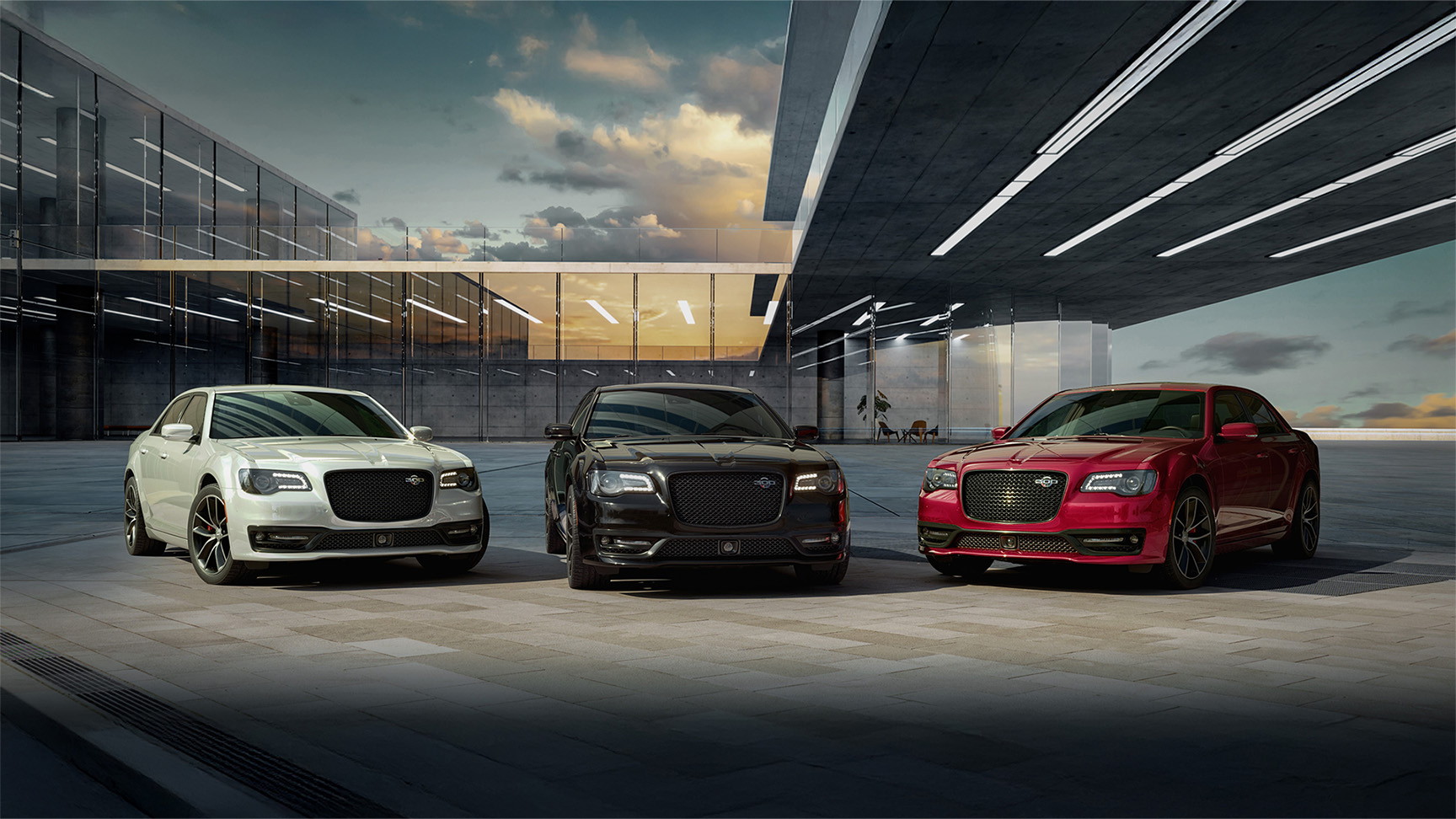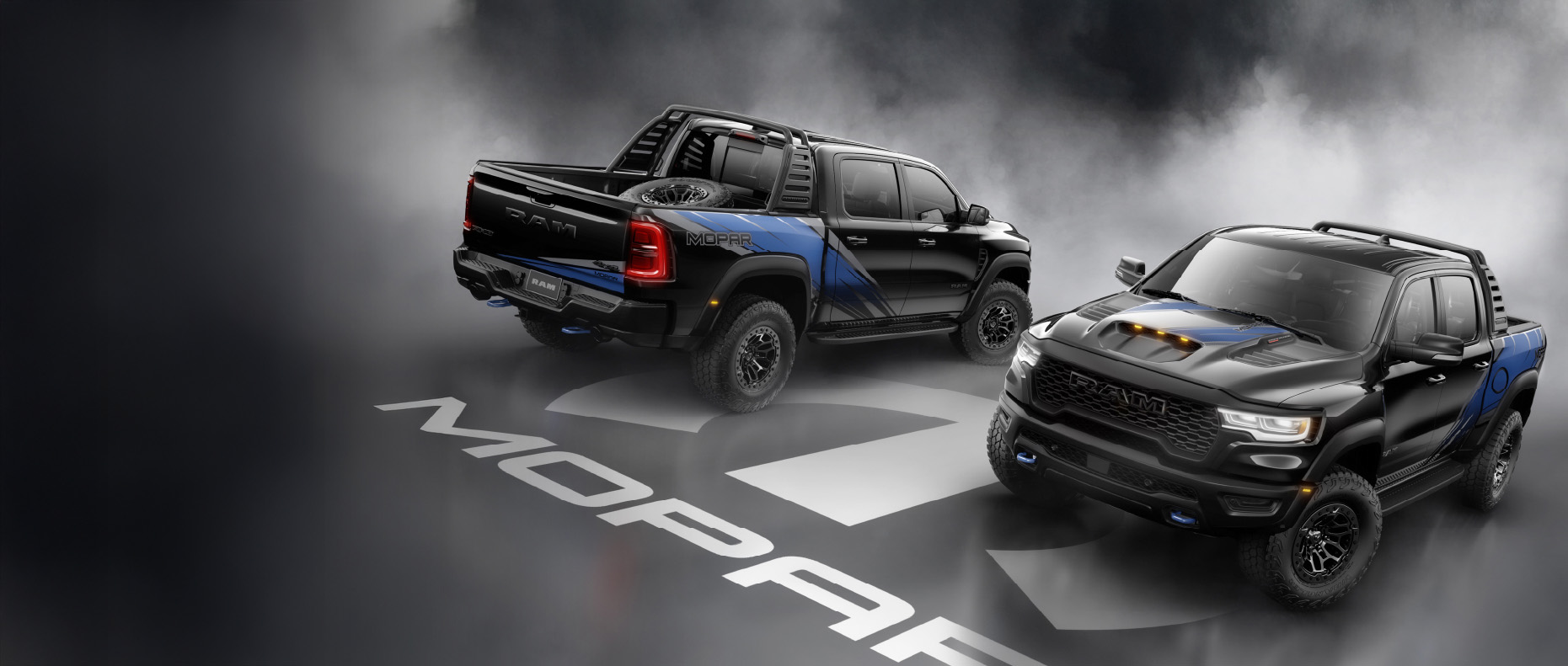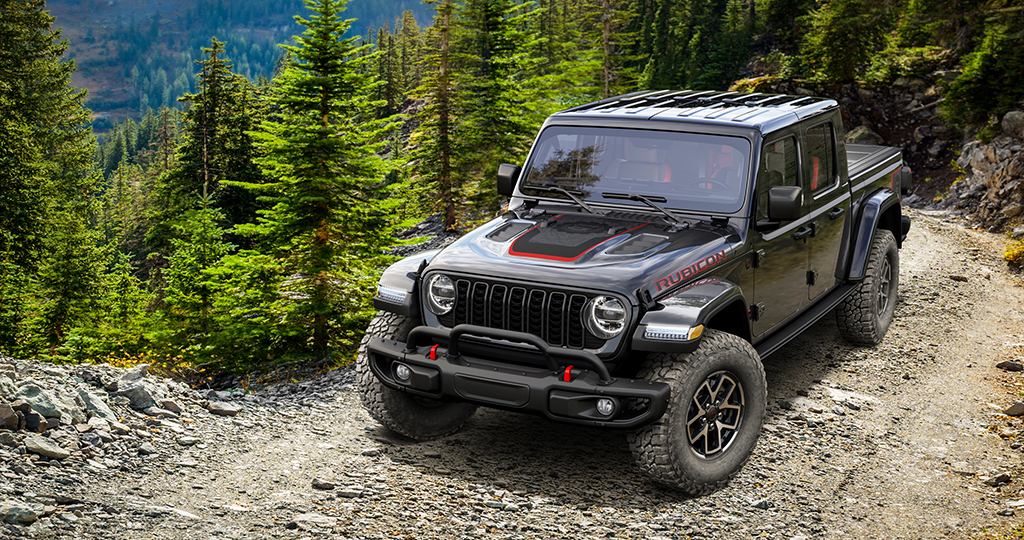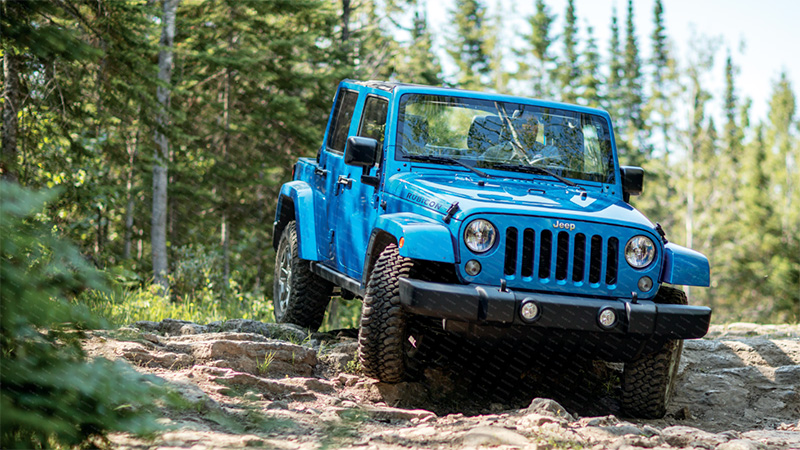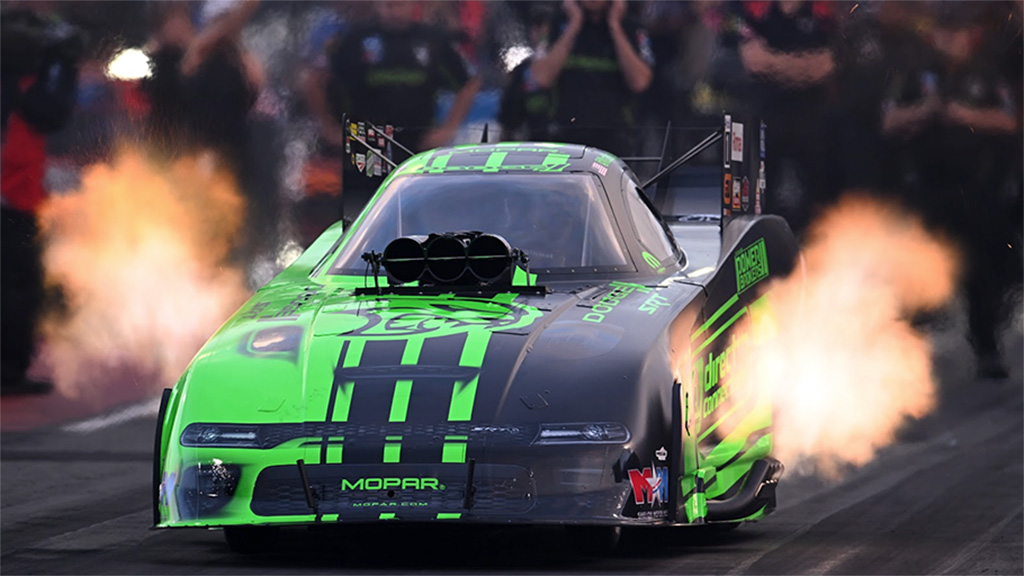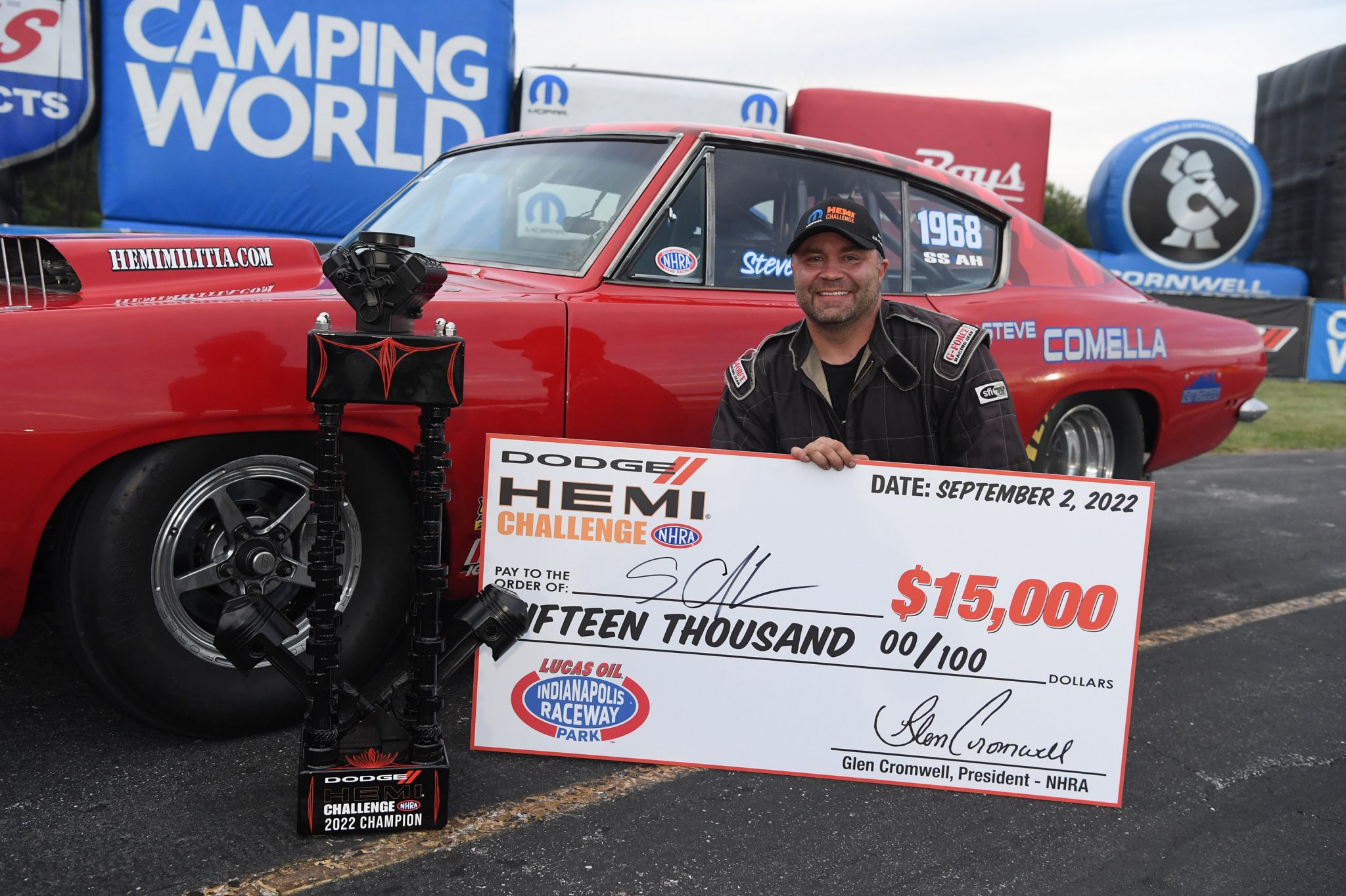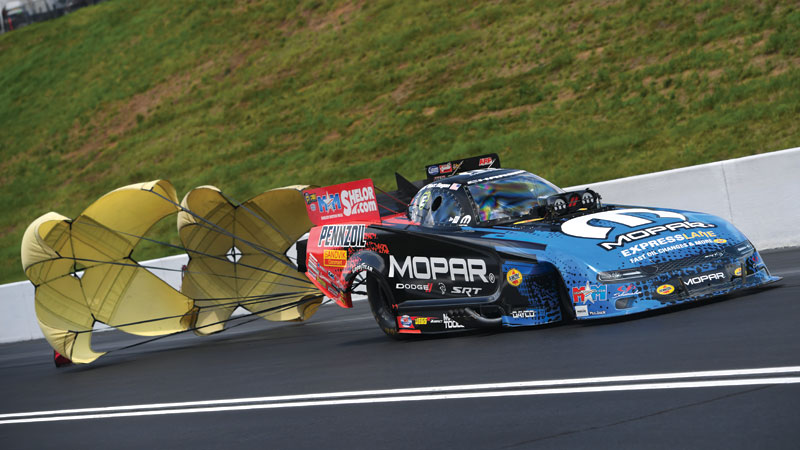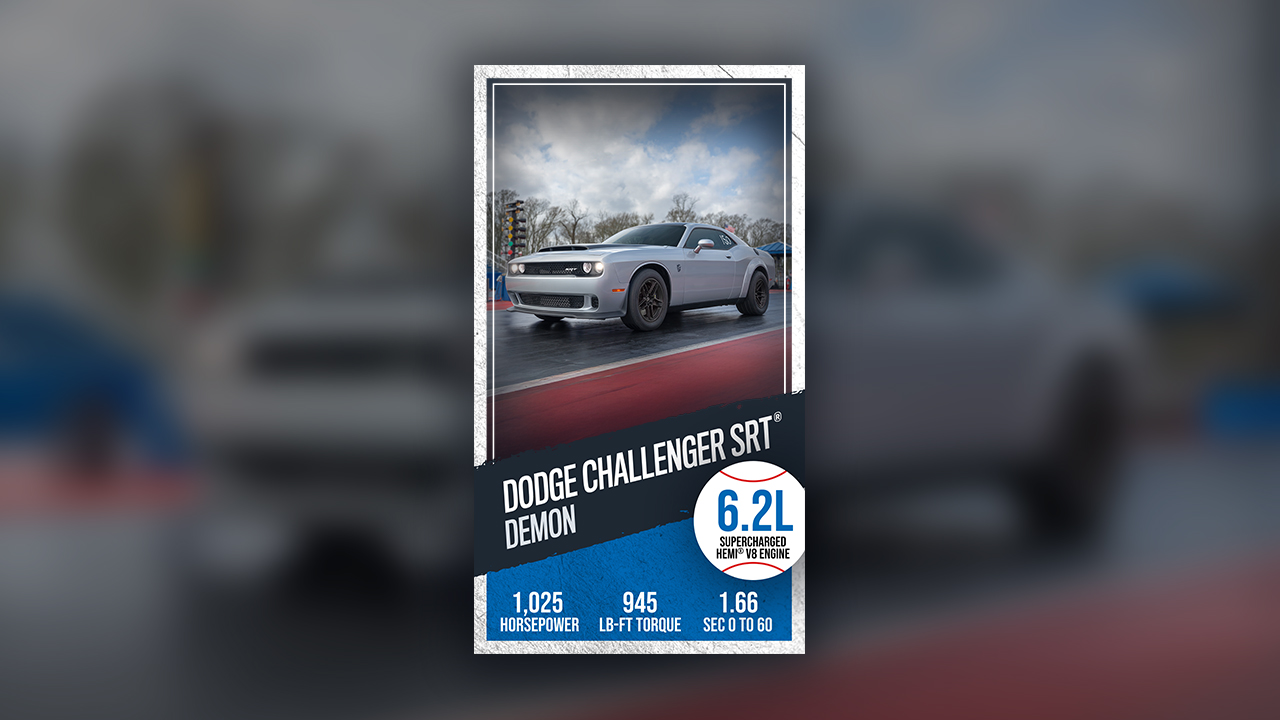“You’re shaking down a brand-new race car this weekend and you have that little bit of anxiety… your blood’s pumping, your heart’s pounding and you’re getting suited up… my gear weighs about 35 pounds and you’re putting all this stuff on and sometimes you think, ‘Wow I gotta wear a lot of stuff,’ but these cars – they’re very fast, they’re very explosive, they’re just ‘right now’ kind of energy.”
“When the light falls and you see that first hint of amber, you just slam that fuel pedal down like you’re trying to break it off in there… and then it jumps up on the tire and you can hear the motor rev up and the tires pick up and you’re up on the wheel and it’s starting to float more and you’re trying to pick out the groove and then you can hear the clutch, the cylinder firing and next thing you know, you’re getting ready to hit your chutes, pull some brake and turn the fuel off… and the run’s over… all that takes just four seconds.”
MATT SAID “HIT YOUR CHUTES”…
- Parachutes may be packed by a driver or another crew member. It depends on what the team decides. In any case, it only takes a few minutes to pack a chute.
- Parachutes are driver deployed, usually by pulling a handle attached to a cable attached to the chute bag. It’s the driver’s call as to when to deploy the chute. Usually it is at or near the finish line but it may be much sooner if there’s a problem.
- Parachute deployment results in a driver experiencing significant deceleration forces which vary depending on the speed and type of vehicle. For Top Fuel and Funny Car, it averages around six Gs. For vehicles going approximately 150 mph, it’s about 1 to 1.5 Gs.
- Parachute deployment results in a 1.5 to 2G deceleration. They help bring a vehicle speed down to a level manageable for the brakes, which is usually around 100 mph.
- Parachutes work better at higher vehicle speeds. When Funny Cars hit the finish line and the driver deploys a chute, the vehicle is usually traveling at speeds in excess of 300 mph.




